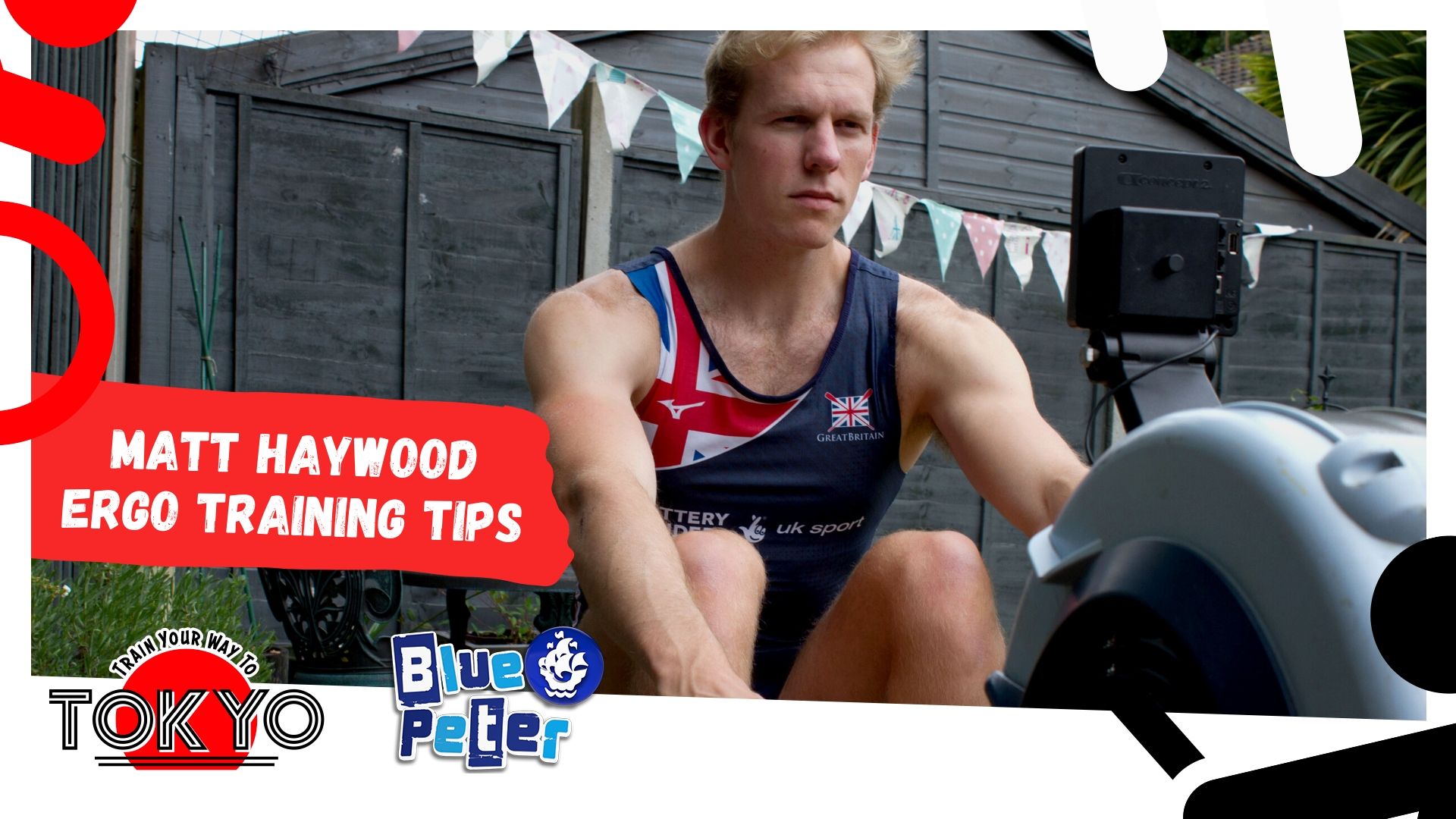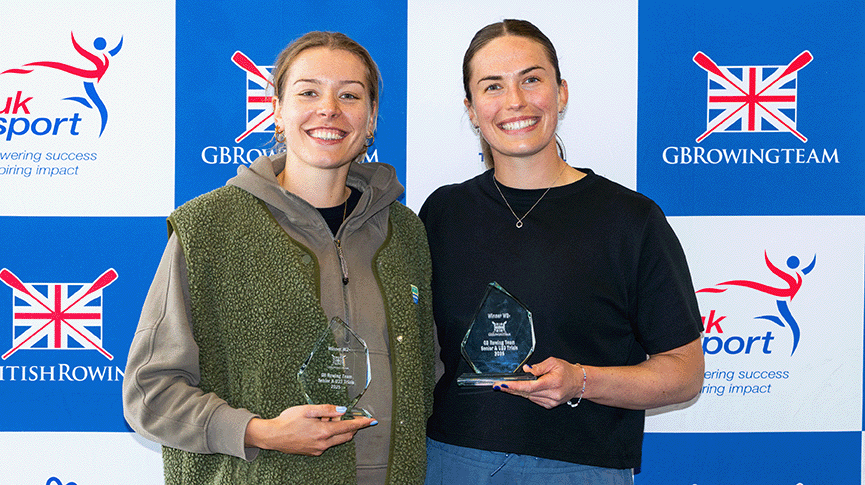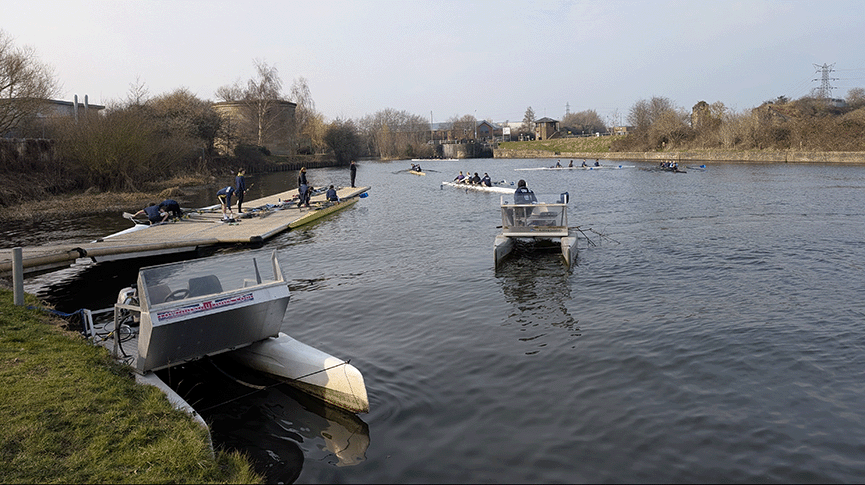Smash your indoor rowing technique!
World Class Start athlete Matt Haywood, double U23 world champion in the men’s quad, shares his advice

Aiming to sharpen your indoor rowing technique? Well, U23 double world champion Matt Haywood is on hand to help. Read on for his top five killer tips.
1- Smash the sequence!
Learn how to properly sequence your stroke and before you start your session do some practice to make sure that you are warmed up to row correctly.
Key muscles to warm up are legs, glutes, trunk and lats. To start sequencing on a rowing machine, try beginning at the front of the stroke (fully compressed). The first quarter should focus on your pick-up – the press of the feet into the footplate. This will require tension in the trunk and glutes to allow the legs to press against them.
Once you have this, slowly lengthen to half slide then three-quarters and then legs only; this progression will help isolate your leg drive.
The next stage is to add in the hips and, then lastly, the arms. The drive should feel like a continuous push against the footplate. This is continued when the hips are open – keep squeezing your glutes, even when the handle comes in towards you!
Key muscles to warm up are legs, glutes, trunk and lats
2 – Practise straight arms
If you find yourself using your arms too much during your session, then it would be a good idea to spend some time rowing with straight arms. It’s a very simple, but effective, exercise that will help you drill in the idea of not using the arms until the last moments of the stroke. You should always remember that the arms make up a very small proportion of your power – 60% of the power in your stroke comes from the legs, 30% from the trunk and 10% from the arms.
This is also a good exercise to optimise your hip drive. Try to keep your split the same during this exercise. You can achieve this by using the legs and hips for longer. If the arms break at the front end, think about reacting with your feet before trying to pull the handle. The arms will be trying to do what the feet/legs should be doing.
3 – Check your posture
While rowing, you want to make sure your posture doesn’t change under load. When you are driving your legs into the footplate, your hips/spine and shoulders should not move off the line of the drive. You may not always feel this, but it may be happening.
To transfer the work from your feet to the handle effectively, the path between footplate and handle should be as stable as possible. This means your joints should travel in straight lines and not wiggle or shift during the stroke. If you do, you will compensate with other areas which may cause injury.
While rowing, you want to make sure your posture doesn’t change under load
To help with this, it is always a good idea to have someone watch you while you row. They may not know what they are looking for, but you can ask them to look at specific outcomes. If this is not possible, then setting yourself up next to a mirror will do the job just as well.
It is not uncommon for somebody else to see if there is something wrong with your technique or set-up, so listen to their advice and try to make changes. If using a mirror, then you will be able to see things that you perhaps cannot feel. I know that this has helped me out many times when I’m a long way into a session and not as perceptive as at the start.
Go Row Indoor!
Check out more tips and tricks here.
4 – Pace yourself
Don’t be stupid when starting a session – set yourself a plan and then stick to it. You don’t have to set out for a personal best every time; it is okay just sit on the same numbers for a couple of weeks as you will still be improving fitness.
If you want to try for a personal best then this is where your plan comes in. Work out before starting how you want to do the session, and what the outcome is going to be. For example, with a 2km you might decide the splits you want for each 500m, so stick to this plan and you will get the outcome you want.
Set yourself a plan and then stick to it
5 – Go for it!
Don’t be afraid of trying hard – this goes alongside my last pointer. There is a fine line between pacing yourself and being afraid of the numbers. If you feel good when you start to row, then don’t be afraid of the numbers you are seeing on the screen. It is no bad thing if – all of a sudden – you get a lot quicker. This just means that your training is working, and it is highly likely that this will happen at some point.
Finally, do not overlook the importance of core and trunk work. This may not be a huge force producer, but it will make you more robust and help to reduce injury!
Follow Matt on Instagram and visit British Rowing’s indoor rowing hub for more tips and advice.







